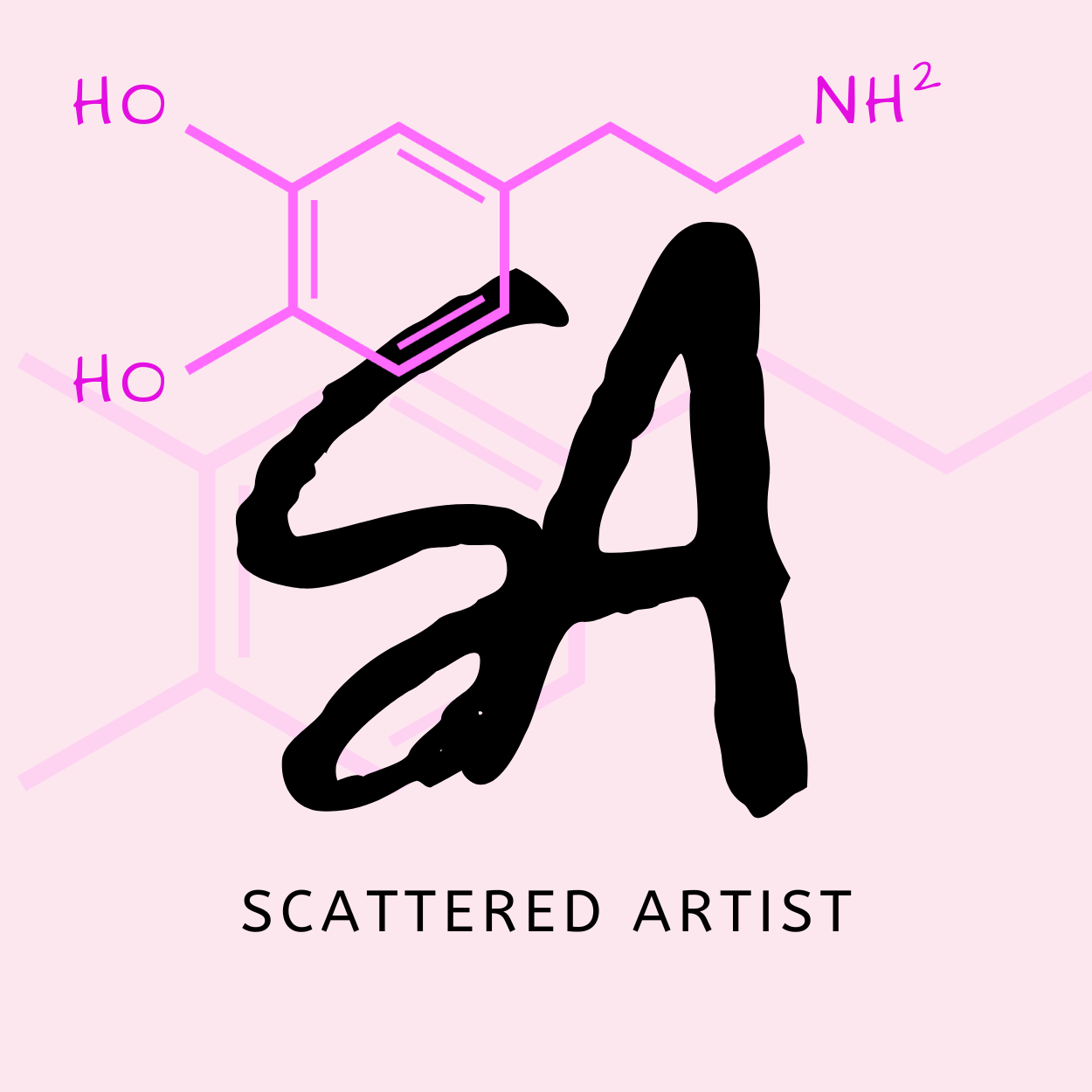An ADHD Awareness Story and 10 Facts
I’m a first generation Filipino-American who grew up in a very traditional, musical and Catholic home. If you’re first generation American, you could probably relate to the culture clash.
My parents had high expectations that I would be on the honor roll, become a grand pianist, make it on Broadway or become a healthcare professional. They tried their best to give me every opportunity to be who they wanted me to be, but I was so far from that. Sorry mom, but those dreams weren’t mine. In fact, I had no idea what I wanted. I just wanted to enjoy whatever that may be and become successful.
Little did we know, I had ADHD to the max and it impacted every aspect of my life. Meanwhile, I just assumed I had middle child syndrome.
Like so many women, I was diagnosed late in life. At 44, it was a revelation to me. It made total sense. Identifying it, understanding it and getting treatment made all the difference and I can only imagine how it would have benefited me to have treatment and support from childhood. Better late then never!
ADHD is the most studied neurological disorder and yet the most misunderstood by the general public. So in honor of October’s ADHD Awareness month, here are 10 Facts about ADHD.
10 Facts about ADHD
The terms ADHD and ADD are used interchangeably.
Attention Deficit Hyperactivity Disorder (ADHD) and Attention Deficit Disorder (ADD) is the same thing. The name change had me confused for a while, so I go with ADHD now because that seems to be the trend in all my research.
There are 3 types of ADHD.
Hyperactive-Impulsive: Most common in boys and easy to identify. As the name suggests, this type has trouble sitting still, waiting their turn and has issues with impulse-control.
Inattentive: Most common in girls and often goes unnoticed. These are the daydreamers who can be disorganized, space out in conversations, easily distracted, and forgetful. They have trouble beginning and completing tasks which can lead to lots of guilt and shame.
Combined: Symptoms of the above types are present.
It’s hereditary.
Countless studies show this brain based disorder is in our genes. WebMD claims if a parent has ADHD, there’s a 50% chance it will be passed to their child and if an older sibling has it, there’s a 30% chance the younger sibling will inherit it too.
Remission is possible.
1 of 10 ADHD kids will completely outgrow it according to a study published in the American Journal of Psychiatry.
ADHD is visually identifiable through brain scans.
You can’t look at a person and just know they have it, but it’s interesting to me that physical proof can been seen through brain scans. Doctors don’t go this far to diagnose it, but your mental health care provider or pediatrician can diagnose it for you.
ADHD minds have a dopamine deficiency.
Dopamine is a “feel good” neurotransmitter our brains produce. It effects include but aren’t limited to mood, motivation, focus, memory and learning. When our minds are stimulated, we’re rewarded with a dose of dopamine which can feel euphoric.
There’s a high risk of addiction.
ADHD brains are constantly hunting for dopamine and can learn to associate it to some substances, behaviors, and comfort food.
Hyperfocus is our superpower or curse.
While mundane tasks and activities fade away, we can hyperfocus on something of interest. Hyperfocus is deep, intense concentration and fixation. It’s the opposite of the general consensus of ADHD. For the unaware, it can be a gift or a curse.
Poor working memory occurs more often.
I forgot what I was going to say here. But seriously, everyone forgets, it’s just significantly higher for those with ADHD. I can’t tell you how many times I lose my phone every day, forget to take my medication even with a daily alert, or wonder where I left my cup of coffee.
ADHD sparks creativity.
My favorite part! The challenges of ADHD provokes creative thinking in math, science, art, food, fashion, music, literature… anything! Embracing it is a positive way to regulate dopamine levels.
When combined with hyperfocus, you can become a master of your own craft. It’s the fundamental key to success.
